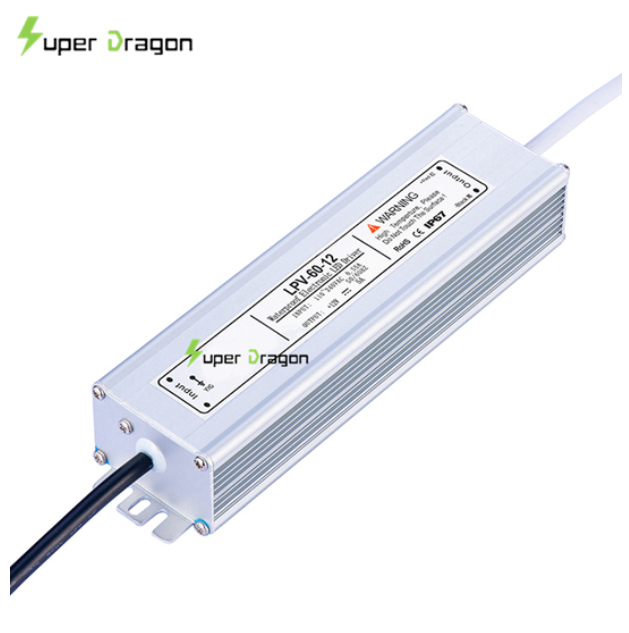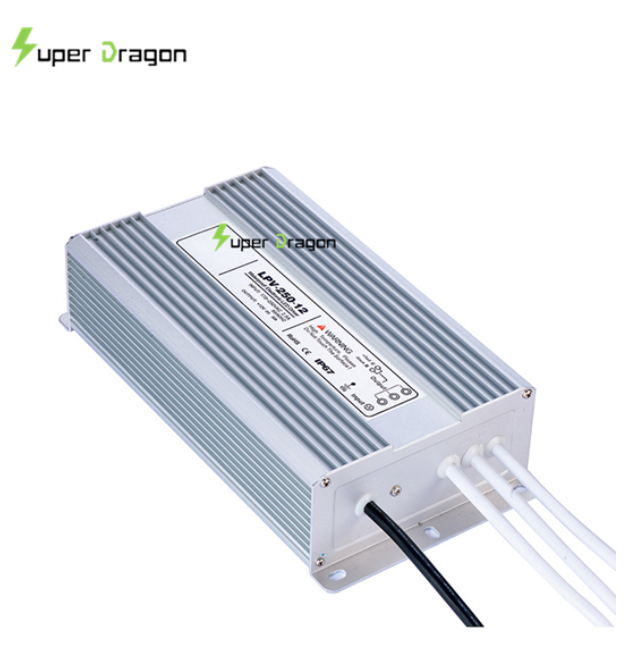What is a Linear Power Supply?
Linear power supplies are designed for low noise and are often considered quiet since there is no high-frequency switching. They are used anywhere that excellent regulation and/or low ripple is required as well as needing low electromagnetic emissions and excellent transient response. Linear power supplies can only step−down an input voltage to produce a lower output voltage. A linear power supply typically uses a large transformer to drop voltage from an AC line to a much lower AC voltage, and then uses a series of rectifier circuitry and filtering process to produce a very clean DC voltage. The disadvantages are weight, size, and low efficiency.
Some examples of application that may require a linear power supply are communication equipment; medical equipment, low noise amplifiers; signal processing; data acquisition including sensors, multiplexers, A/D converters, sample & hold circuits, automatic test equipment; laboratory test equipment; control circuits; computer and industrial applications.

What is a Switching Power Supply?
Switching power supplies are designed for high efficiency and small size. They incorporate a switching regulator to convert electrical power efficiently. Switching DC power supplies regulate the output voltage through a process called pulse width modulation (PWM). Using a PWM allows various topologies to be used such as buck, boost, forward converter, half bridge rectifier, or flyback depending on the output power requirements. The PWM process generates some high frequency noise, but enables the switching power supplies to be built with very high power efficiency and a small form factor. With a good design, a switching power supply can have excellent load and line regulation. They can either step-up or step-down the input voltage to get the desired output voltage. A switching power supply has greater efficiency than linear regulators because the switching transistor dissipates little power when acting as a switch. However, this switching can generate noise which can be lowered by filtering.
If your equipment is for international use, switching technology works almost anywhere in the world whereas a linear power supply must be manually adjusted to work with a foreign grid. Other examples of applications that prefer a switching power supply are general purpose ones used in R&D, manufacturing, and testing, high power / high current applications, some communication systems, mobile stations, some network equipment, electroplating, anodizing, electroforming, electrophoresis, electrolysis, waste treatment, hydrogen generator, fuel cell applications, DC motors, aviation, and shipboard/boat applications.

Advantages and Disadvantages
Linear Power Supply
Advantages: relatively simple structure, small output ripple, small high-frequency interference. Simple structure means easy maintenance, that is, maintenance of a linear power supply is often much less difficult than the switching power supply and maintenance success rate of linear power supply is also much higher than one of the switching power supply.
Ripple is the AC component that is superimposed on the DC steady-state. The smaller the output ripple is, the higher the output DC purity is, which is an important symbol of DC power quality. High ripple DC will affect the normal operation of the transceiver. Now the high-grade linear power ripple can reach the level of 0.5mV, general products can reach 5mV level. The linear power supply does not have a device that operates at high frequencies so there is almost no high frequency interference or high frequency noise if the input filter does well.
Disadvantages: as large and heavy transformer is necessary, the volume and weight of the required filter capacitor is quite large. The voltage feedback circuit works in a linear state and the adjusting tube has a certain voltage drop, which result in high power consumption and low conversion efficiency when outputting a larger operating current. It also needs to install a large heat sink. It is not suitable for computers and other equipment, which will be gradually replaced by switching power supply.
Switching Power Supply
Advantages: small size, light weight, high efficiency, low energy consumption, stronger anti-interference ability, wide regulation range, and modularity.
Disadvantages: the high-frequency voltage can be produced in the inverter circuit, which has some interference to the surrounding equipment, so good shielding and grounding are required. After rectification, AC can become DC. However, due to changes in AC voltage and load current, the rectified DC voltage typically results in voltage changes of 20% to 40%. In order to get a stable DC voltage, voltage regulator circuit should be used to achieve voltage regulation.

Conclusion
In today’s electronics, switching power supplies are typically preferred due to cost, size, and efficiency. Deciding to use a linear or switching power supply depends on the application and overall system requirements. To see how we can help you meet your specifications, contact Super Dragon today.